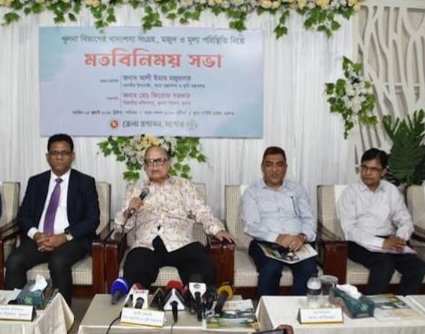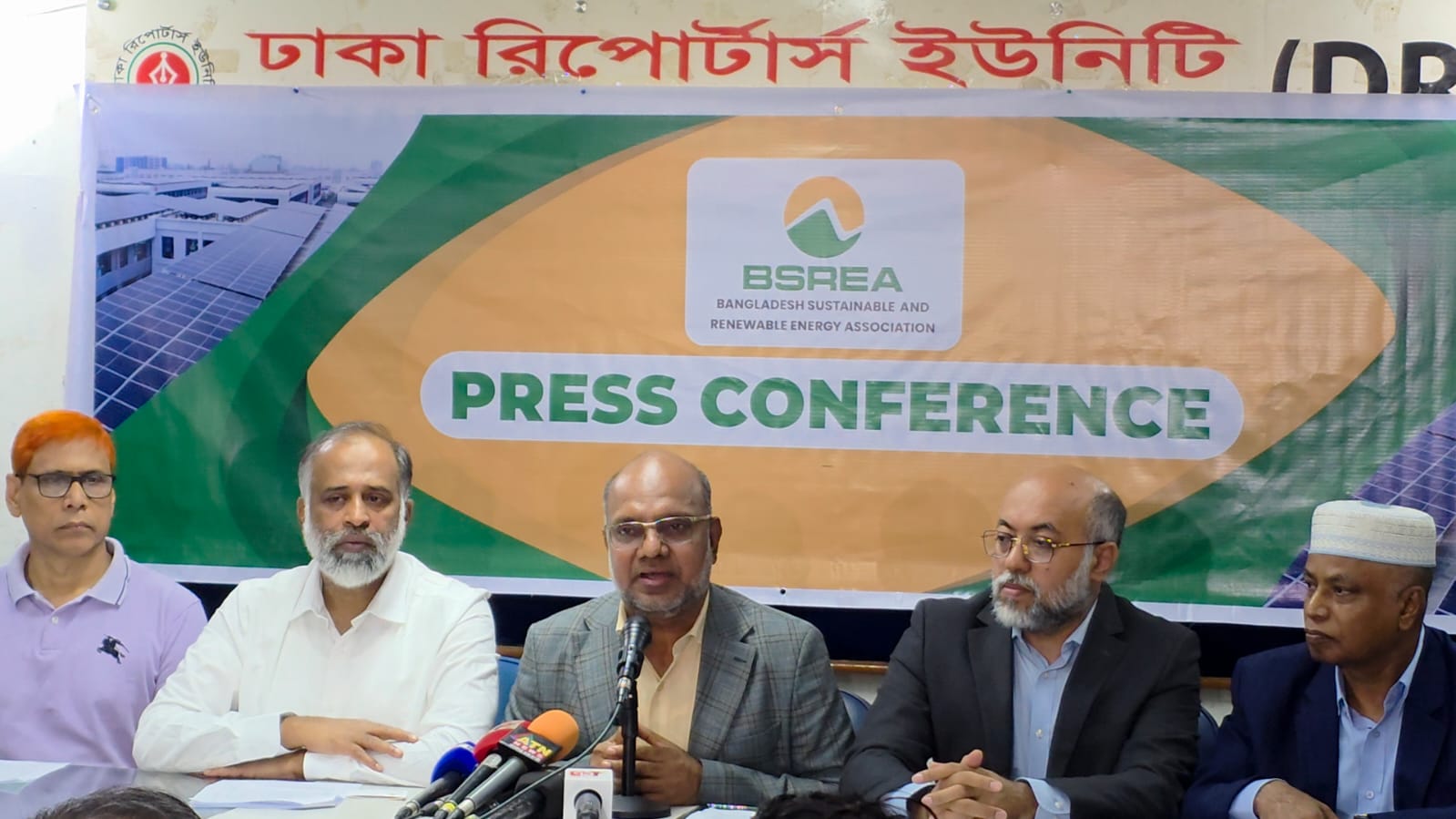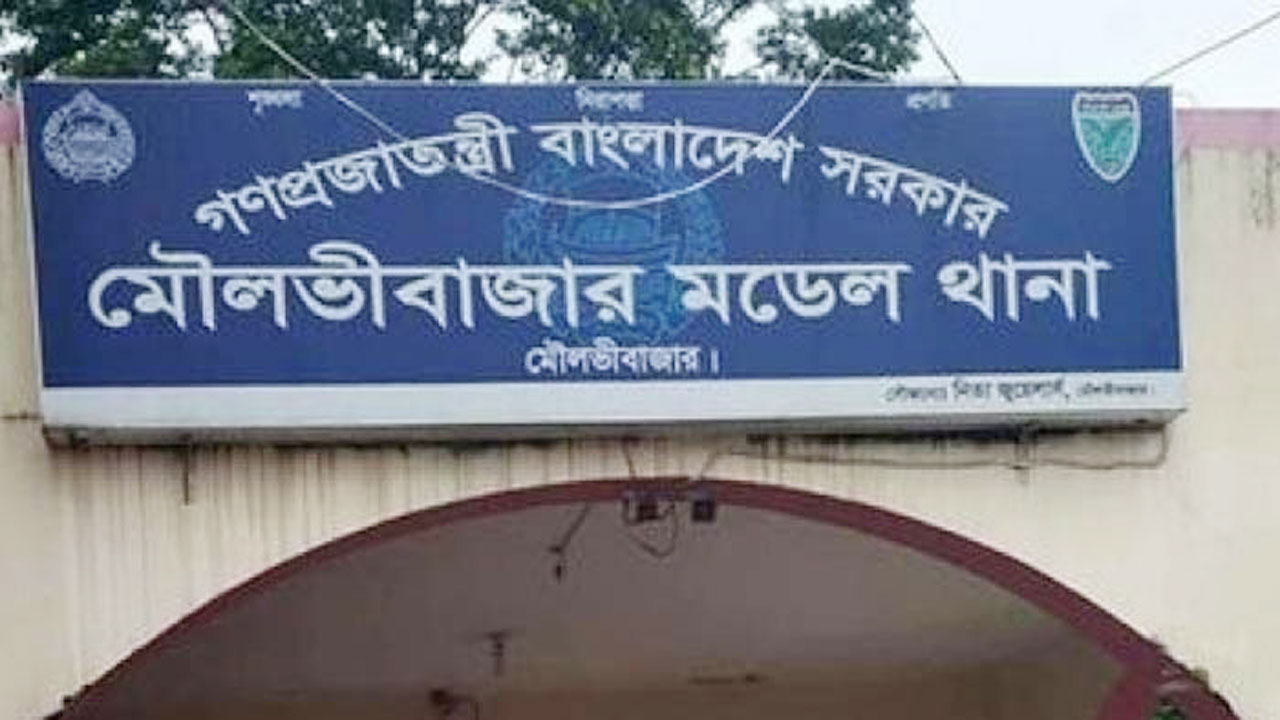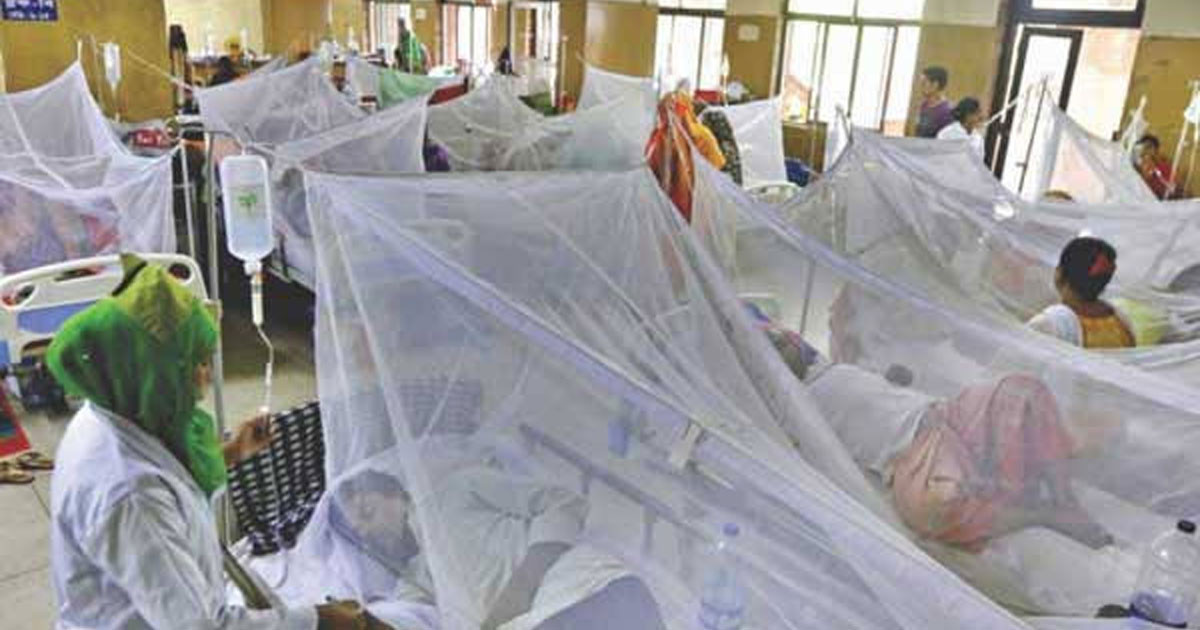
Bangladesh is beginning to experience some long-awaited relief from high food prices, with food inflation showing signs of a steady decline. According to the latest data from the Bangladesh Bureau of Statistics (BBS), food inflation dropped to 8.63% in April 2025, down from 8.93% in March. Overall inflation also eased to 9.17% from 9.35% in the same period.
The downward trend in food prices, while still elevated, has been attributed to a combination of fiscal and monetary interventions by the government and the Bangladesh Bank, as detailed in the General Economics Division’s (GED) newly released report, “Monthly Economic Update and Outlook: May 2025”.
According to the report, the government’s decision to reduce tariffs on key commodities—such as rice and edible oils—has helped soften import costs, leading to more stable domestic prices. Additionally, Bangladesh Bank’s tighter monetary policy, introduced in the latter half of FY2024–25, has begun to yield results by reducing liquidity, curbing market speculation, and calming volatility in the foreign exchange market—one of the key drivers of imported inflation.
On the supply side, favorable weather conditions have played a crucial role. The absence of major climate-related disruptions like floods has enabled smooth harvesting and distribution of seasonal crops and vegetables, keeping food markets well-stocked and prices relatively stable.
Non-Food Inflation Remains Elevated
Despite the easing of food prices, non-food inflation continues to remain high—posing a significant policy challenge. The GED report highlights that non-food inflation has been largely unresponsive to conventional policy measures due to underlying structural issues, including rising energy prices, high transportation costs, and inflation in imported goods triggered by currency depreciation.
“Non-food inflation is proving to be more structural and less responsive to short-term policy fixes,” the report noted. Experts argue that sustainable relief in this sector will require targeted reforms, particularly in the energy and transportation sectors, which have seen persistent cost increases.
Food accounts for 42.2% of the country’s inflation basket, making it the largest single component. Yet, the high cost of non-food essentials—such as housing, healthcare, and education—continues to strain household budgets, particularly among low- and middle-income groups.
Lower-income households, especially in urban areas, remain disproportionately affected by overall inflation. With no land or storage capacity to produce or preserve food, the urban poor are entirely reliant on market purchases, making them especially vulnerable to price fluctuations.
Call for Targeted Support Measures
The report underscores the urgent need for scaled-up social protection initiatives. “Programs like open market sales (OMS), school feeding schemes, and food-for-work projects are essential to protect the most vulnerable populations,” it said.
While the government has acknowledged the importance of expanding safety nets during lean seasons, concerns remain regarding the sustainability of these programs given the country’s limited fiscal capacity. The GED warns that without long-term planning and financial prudence, reliance on subsidies could become unsustainable.
Bangladesh Bank is targeting an inflation rate of 7–8% by June 2025. With food inflation gradually aligning with this goal, policymakers must now focus on tackling the more stubborn non-food segment. The GED calls for comprehensive structural reforms—particularly in the energy, trade logistics, and rural employment sectors—to achieve durable price stability.
The report also advocates for a region-specific policy approach. It suggests implementing employment-generating schemes in rural areas to support purchasing power, while ensuring subsidized food outlets and basic services are accessible at affordable prices in urban centers.









